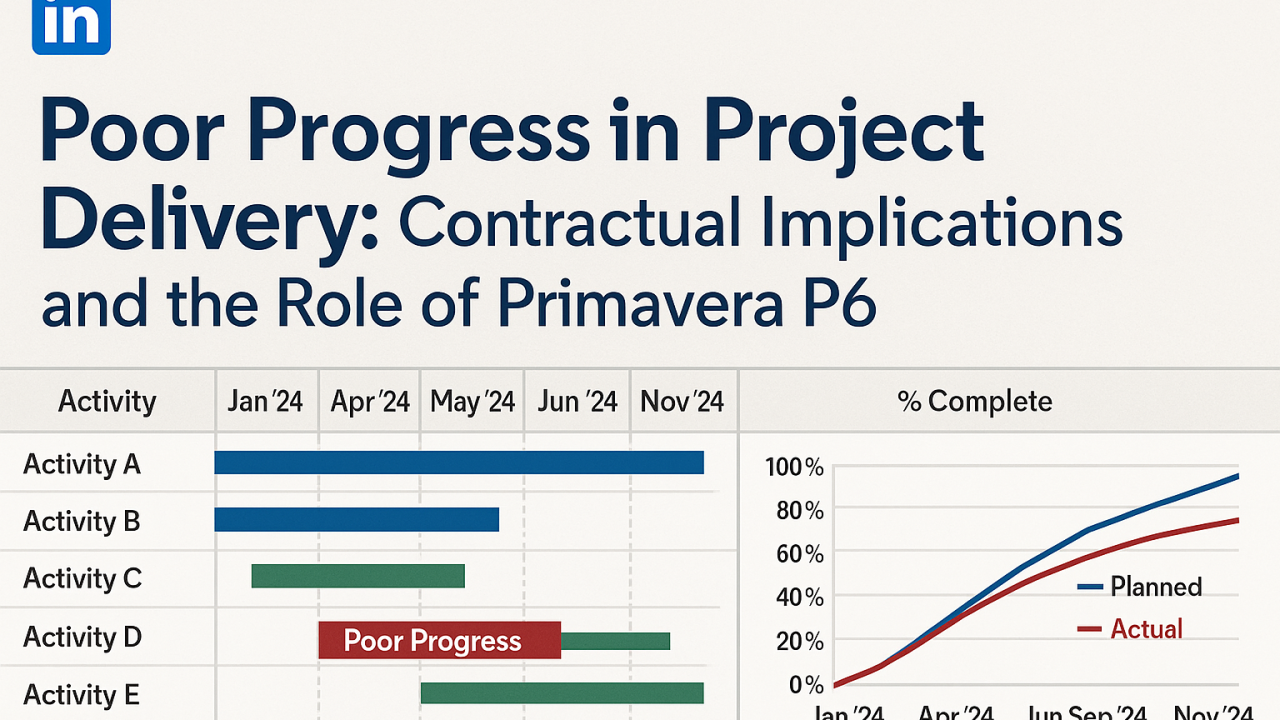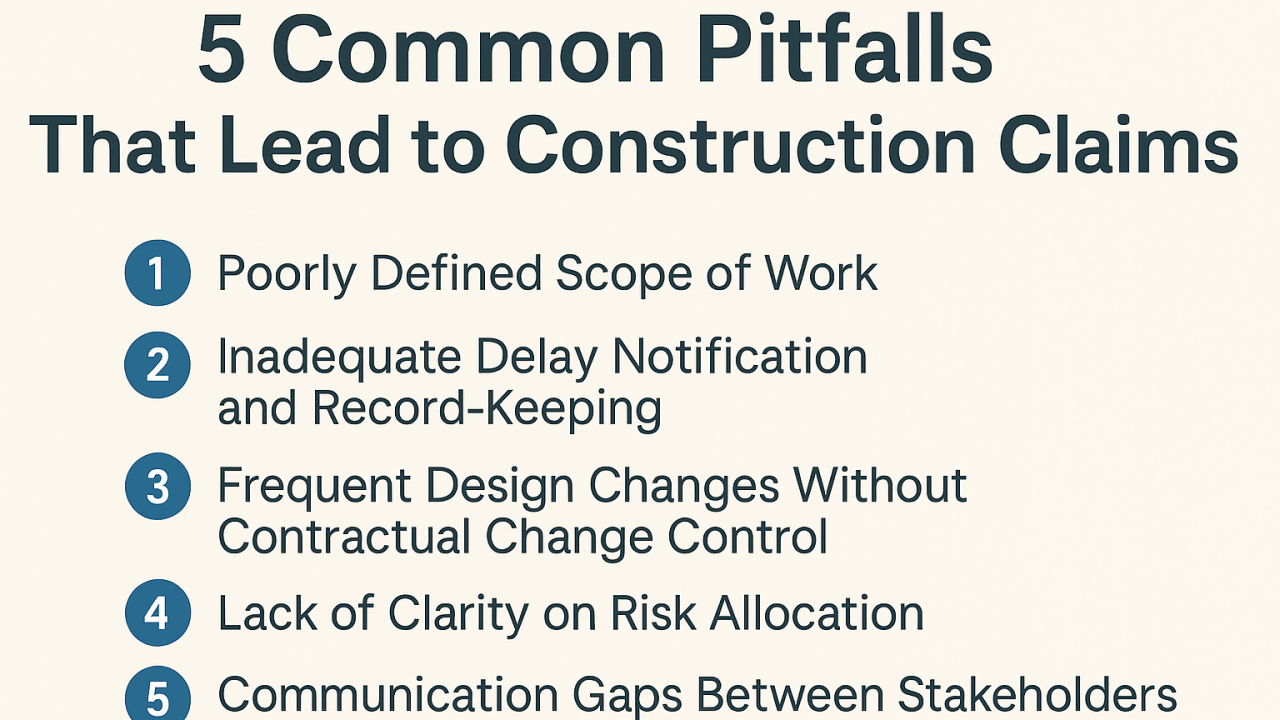Effective Management of Float in Project Scheduling: Definition, Legal Aspects, Technical Application, and Tools
1. Introduction :
In project management, especially in complex construction and engineering projects, understanding and effectively managing float (also known as slack) is essential to ensure timely completion. Float represents the amount of time that a task can be delayed without affecting the overall project deadline. Mismanagement or misunderstanding of float can lead to costly disputes, delays, and inefficiencies. This article explores the concept of float, its legal interpretations, technical applications, tools for analysis, and best practices in management.

2. Definition of Float
Float is the amount of time that a project activity can be delayed without causing a delay to:
- the project’s overall completion (Total Float), or
- the start of a dependent activity (Free Float).
There are different types of float:
- Total Float: Time an activity can be delayed without delaying the project’s completion date.
- Free Float: Time an activity can be delayed without delaying the early start of any successor.
- Negative Float: Indicates that the project is behind schedule.
Float is determined during the critical path method (CPM) analysis. Activities on the critical path have zero total float, meaning any delay in those activities directly delays the project.
3. Legal and Contractual Considerations
Float often becomes a contentious issue in disputes between contractors and clients. The legal treatment of float varies, but three primary approaches are common:
- Project Float is for the Project: Float is a shared resource, available to both the contractor and owner.
- First-Come, First-Served: Whichever party uses the float first benefits, often leading to conflict.
- Float Ownership Clauses: Some contracts explicitly define who owns the float, though this can limit flexibility.
Contract clauses regarding float should be clearly defined to avoid ambiguity. In litigation, courts examine whether float was used reasonably, who controlled the scheduling, and if the party used it to mitigate or exacerbate delays.
4. Technical Application of Float in Planning
Technically, float is calculated using scheduling techniques such as the Critical Path Method (CPM). Key parameters include:
- Early Start (ES) and Late Start (LS)
- Early Finish (EF) and Late Finish (LF)
The float for any activity is: Total Float = LS – ES = LF – EF
Accurate calculation of float enables project managers to:
- Identify critical and non-critical activities.
- Reallocate resources to critical path tasks.
- Prioritize monitoring and control efforts.
5. Tools for Float Management
Several software tools support float calculation and management:
- Primavera P6: Industry-standard for large-scale projects with advanced float analysis.
- Microsoft Project: Commonly used for mid-sized projects, with built-in CPM features.
- Asta Powerproject: Widely used in the construction sector for float visibility.
- Open Plan and Spider Project: Advanced features for complex float and risk modeling.
These tools offer visual representations like Gantt charts and network diagrams, which help stakeholders understand float distribution and project risk.
6. Best Practices in Float Management
Managing float effectively involves the following best practices:
- Early Identification: Analyze float during baseline schedule development.
- Regular Monitoring: Update schedules frequently to track changes in float.
- Transparent Communication: Share float status with stakeholders, especially in multi-party projects.
- Contingency Planning: Use float as a buffer to absorb unforeseen delays.
- Float Preservation Strategy: Avoid consuming float unnecessarily and document its usage.
- Contractual Clarity: Define float usage and ownership explicitly in contracts.
7. Conclusion
Float is not merely a scheduling artifact; it is a strategic resource in project management. By understanding its definition, legal implications, and technical nuances, and by leveraging appropriate tools and management practices, project managers can reduce risk, avoid disputes, and ensure better project outcomes. Clear float policies and proactive float management can be the difference between a successful project and a delayed, litigated one.
Nos derniers articles
Poor Progress in Project Delivery: Contractual Implications and the Role of Primavera P6
Poor Progress in Project Delivery: Contractual Implications and the Role of Primavera P6 Introduction : In complex projects—especially in engineering,…
Effective Management of Float in Project Scheduling: Definition, Legal Aspects, Technical Application, and Tools
Effective Management of Float in Project Scheduling: Definition, Legal Aspects, Technical Application, and Tools 1. Introduction : In project management,…
5 Common Pitfalls That Lead to Construction Claims
5 Common Pitfalls That Lead to Construction Claims Introduction : In complex construction projects, claims are not merely a risk…



